I don’t know about you, but ghost towns have always given me the creeps, yet they’re one of those things that I can’t help but want to find out more about. Ghost towns are the perfect place for those of you that are adventurers seeking unique travel experiences or history buffs that are looking to expand your spooky California knowledge.
When I hear the words “ghost town,” I usually picture some abandoned old mine with a few wooden shops, but each ghost town in California is truly so different from one another and holds such rich and intriguing history, like Calico Ghost Town, a creepy old mining town.
Here is my list of the coolest California Ghost Towns for spooky season (or all year round, really).
1. Calico Ghost Town
THE ghost town of California, Calico, is located in San Bernardino County and is a former mining community turned ghost town. It was not always a center of attractions like it is now and has gone through several renovations to return it to its former glory.
Once a hot spot for mining for silver in the 1880s, Calico became a ghost town after silver lost its value in the mid 1890s. After the residents had all moved away in 1907, Calico was left abandoned until the 1950s when Walter Knott purchased the town and restored the original buildings. Calico then became a historical landmark in 2005 by Governor Arnold Schwarenegger and has been preserved to become the landmark attraction it is today.
Although it is now considered a California landmark, I can’t help but wonder what haunts and ghosts the town collected in the decades it was deserted. Afterfall, the Calico mines are considered extremely dangerous and are not allowed to be approached by visitors.
Calico is open daily from 9am to 5pm, with the exception of Christmas. Admission prices depend on age, but are $8 for adults, and each attraction within the park has its own fee. Popular attractions that are fun for all ages include the Lucy Lane Museum, Maggie Mine Tour, Mystery Shack, and Gold Panning Adventure. If you’re looking for more adventurous activities, you can go hiking, RV camping, explore off-roading trails, or mountain biking. And if you’re not afraid of the spirits that haunt the town, stay in one of their cabins and bunkhouses overnight.
It’ll be fun to visit the town any time during the year for their special events, but October would be an especially perfect time to explore the town for their famous Halloween Ghost Haunt. This event is available during the last two weekends of October with full scare attractions that will bring the ghosts of Calico to life. Probably one of the best haunted ghost towns in all of the United States, let alone California!
Calico is located just outside the I-15 and only a few miles north of Barstow. This would make for a great stop for food and a break if you’re driving between Los Angeles or San Bernardino County to Las Vegas.
2. Winchester Mystery House
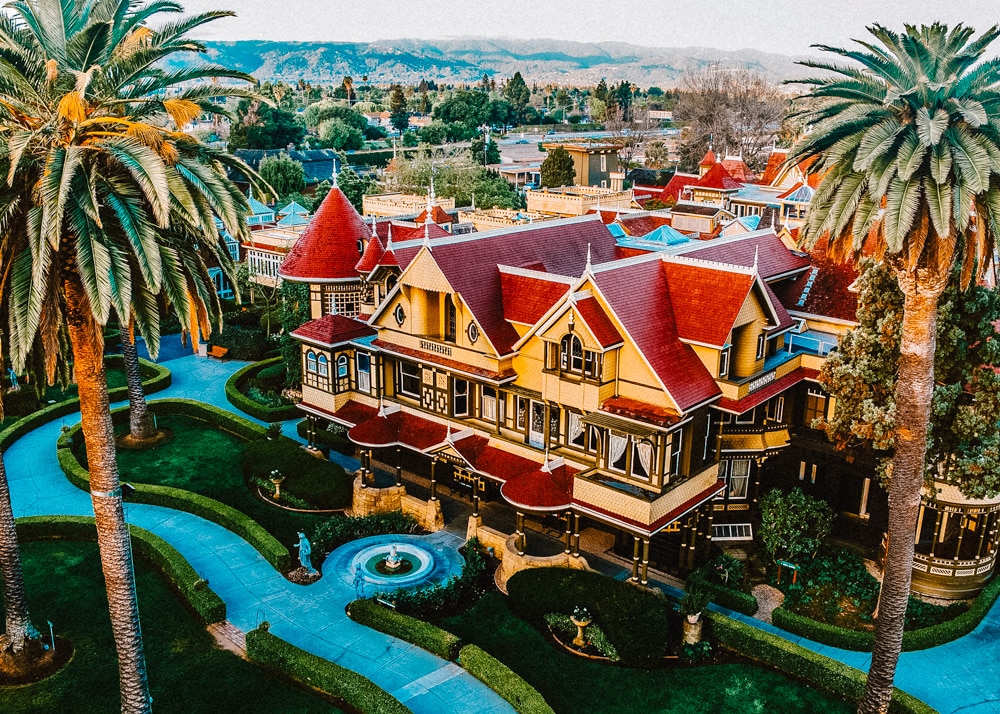
While not exactly a “ghost town,” the Winchester Mystery House, located in San Jose, is the perfect haunted house to visit year-round. No ordinary house, Winchester consists of 160 rooms that will make you shiver with the creeps and go “WTF?!”
The former owner of the house, Sarah Lockwood Pardee Winchester, began the construction of this infamous house after the deaths of her daughter and husband. What would ensue would be a 36-year long renovation of the farmhouse, raising extreme skepticism regarding Sarah’s intentions and motivations. The house is currently priced at $71 million and remains one of the biggest mysteries of San Jose. What drove Sarah to spend the remainder of her life building this strange but architectural masterpiece? What, or who, haunts the walls? Does Sarah, herself, now haunt the halls of Winchester?
Winchester is open daily from 10am to 4pm on weekdays and 10am to 7pm on weekends, with exceptions on Thanksgiving and Christmas Day. Prices for the mansion tour (which includes admission to the house and access to the gardens) ranges from $40 to $45, depending on the day of visit.
If you’re looking to spend more time on the property, during weekends, you can even have an ax throwing contest with your friends for $25 per person for up to 1 hour.
Parking is complimentary for people visiting, although there is construction nearby so parking is limited. It’s recommended to get there at least 15 minutes before the start of your tour.
3. Pioneertown
Step back into the 1960s with a trip to this old west town. The history and origin of Pioneertown is so fascinating to me because unlike other ghost towns which were usually old mining sites, Pioneertown was originally used as a shooting site for films.
The town was originally built as a “Living Breathing Movie Set” by Dick Curtis in 1946, meant to serve as a 1880s themed town that would allow those in the entertainment industry, ranchers, and desert lovers to vaycay, live, and film. Honestly, it sounds like a dream town come true, right? What the investors of the town didn’t foresee was the lack of safe water, which prevented further expansion of the town. On top of that, the popularity of western films was dying, and so did Pioneertown.
Today, Mane Street of Pioneertown is still alive and thriving with numerous stores, an art studio, pottery store, and custom leather and saddle store. Please note that many of the houses near Mane Street are private residences, so please respect the private property and clean up after yourself and keep all pets on a leash.
For those unafraid of the dark, you can enjoy Pioneertown by night by staying at one of the camping sites, or at the Pioneertown Motel for an old western ambiance.
Pioneertown is only a few city blocks long, so you’ll have to park your car on either end of the street and enjoy the town by foot. The town is open daily year round and the local businesses don’t keep a strict schedule, but you’ll generally find them open from midday till sundown.
Parking is not allowed on Pioneertown, but there is plenty of parking at Pappy & Harriet’s, as well as Pioneertown Motel and the east side of Mane Street. Parking is also free! Plus there’s lots of regional fun to be had since you’re so close to Palm Springs and Joshua Tree!
4. Bodie
Bodie State Historic Park in California’s Eastern Sierra Nevada Mountains is seriously one of the creepiest ghost towns you’ll ever set foot in. Bodie is your true gold-mining ghost town and retains its chilling atmosphere by the lack of commercial facilities, including food or gasoline. This makes it so different from other ghost towns that try to attract tourists by opening restaurants or stores and really captures the haunting nature of the town.
Bodie once consisted of 2,000 structures and 8,000 residents in the 1870s, but began to die off in 1881. The town finally met its end when two large fires destroyed 90% of the town’s original buildings. Today, only the buildings that survived the fires remain and all the interiors have been left untouched and left as they were 50 years ago. When you visit Bodie, you can even peer into the windows of the buildings, giving you a real sense of how the residents of Bodie once lived.
Bodie is open daily from 9am to 4pm during the winter months and 9am to 6pm daily during the summer. Tickets are $8 for adults and only cash payment is allowed during the winter. You can also tour the stamp mill (one of the creepiest parts of Bodie) for $6 and hear history talks for free.
Getting to Bodie can be quite tricky and Google Maps may even give you wrong directions, so it’s best to know which routes to take before heading there. Bodie is accessible by Highway 270 and is the recommended route. Be warned that online maps may say that Highway 270 is closed and direct you down other roads, but this is inaccurate. Other roads to Bodie are also extremely difficult to navigate and require four-while off road vehicles. Many cars have gotten stuck trying to drive on these dirt roads, so in a way you’ll be getting the full adventure experience, but still be careful.
A few rules you should know before visiting Bodie:
- Dogs are allowed in the park, but must be kept on a leash
- Certain unstable parts of the park are closed off for the visitors’ protection
- There is no camping allowed
- Nothing may be collected or removed from the park, including natural features (i.e. rocks, plants)
- Bodie is only accessible by skis or snowshoes during the winter months
**Be sure to check the CA state park website for updated information**
It is so important to heed these rules and preserve the natural state of the park. Bodie is essentially a giant outdoor museum and every artifact stolen or vandalized is a piece of history that will never be returned.
5. Cerro Gordo Mines
The town of Cerro Gordo was purchased in 2018 by Brent Underwood and other investors who envision restoring the historic buildings in the town to their former greatness. However, this hasn’t rid the town of the spooky atmosphere where some visitors have claimed feelings of being watched….
Several of the original buildings still stand today, but are in very stages of dilapidation. The famed American Hotel was one of the famous visiting sites here, but was burned down in a fire in 2020. However, there are plans to restore the landmark.
Cerro Gordo hosts an annual Silver Run during the summer. This 8 mile race begins at the bottom at the bottom of Cerro Gordo’s road and ends at the deck of the museum at 8500 feet in elevation, that’s nearly a mile in elevation!
Since Cerro Gordo is a privately owned town, you would have to email Brent, who lives on the property, prior to visiting. You could also ask to volunteer if you are looking to stay overnight in this haunted ghost town.
6. Goffs Ghost Town (Mojave Desert)
Take a trip down Route 61 to visit one of the most famous haunted ghost towns in the United States. Goffs Ghost Town is a historic railroad town in the Mojave Desert that was once home to nearby railroad workers. Also known as the Mojave Desert Heritage & Cultural Association, this ghost town has become a site of preservation and research for the Mojave Desert.
Decades of abandonment have led the ghost town to slowly deteriorate over the years. The largest building in the town, the general store, was destroyed in a fire in 2021. However, the schoolhouse there, which has been standing since 1914, has been renovated to its original state and is now one of Goff’s famous landmarks that the public can visit. There are so many artifacts, old mining equipment, and even an outdoor mining museum that really immerses you in what life was like back in the day in the desert.
Goffs Ghost Town is located at 37198 Lanfair Rd, Essex and is open Friday to Sunday from 9am to 4pm. To reach the town you can get off the I-140 and take the Route 66 side strip, a great opportunity to travel down this famous road. If you’d like to visit during other days and times of the week, you can call the number on their website to set up an appointment.
7. Saltdale and Ridgecrest
Kern County is home to Saltdale and Ridgecrest, two famous regional historical towns.
While empty and barren in content, Saltdale has a long history dating back to 1914. The town first boomed when they began to harvest salt from the nearby Koehn Dry Lake where they were shipping out over 700 tons a week. However, troubles arose when multiple claims were filed over ownership of the salt mines. Eventually, the lack of rain resulted in the death of the town when there was not enough salt left behind to be harvested. Today, there is little left of the original town and is now a truly abandoned ghost town.
Meanwhile, Ridgecrest began as the farming community of Crumville in 1912. After a post office was established in 1941, the town’s population grew to nearly 200 residents. Ridgecrest officially became a city in 1963 and is now home to over 28,000 residents. The local Maturango Museum is a great place to visit to learn more about the northern Mojave Desert.
8. Johannesburg and Randsburg
Johannesburg and Randsburg are two old mining towns found in Kern County. While these towns are considered “ghost towns,” both actually still have residents living there (although, they might claim that there are actual ghosts living there). Randsburg is located just west of Route 395 and is separated by a ridge from its neighboring community, Johannesburg, which was founded to support mining at Randsburg.
Randsburg boomed in 1895 when gold was first found in The Yellow Aster, hence the naming of the town after the gold mine in South Africa. By 2006, all the remaining gold had been extracted and the town of Randsburg ceased production for the final time.
While a ghost town in spirit, Randsburg is still plenty alive with business and visitors coming in primarily during the cooler seasons. There’s even a saloon called The Joint that’s open from Thursday to Sunday that visitors can stop by for a drink. The Rand Desert Museum is also open for a couple hours on Saturday and Sunday for anyone passing by that’s looking for a quick history lesson. The town also hosts an annual Old West Day where you can take a step back into life in the olden days.
If you’re looking for a good scare with your friends or just to learn some local history, ghost towns are a great place to have a spooky (and educational) outing. You won’t find me in a ghost town TOO often (I’m pretty content with destinations that aren’t haunted), but you can bet that when I do visit one of these iconic California ghost towns, I’ll be leaving with a good ghost story to tell.

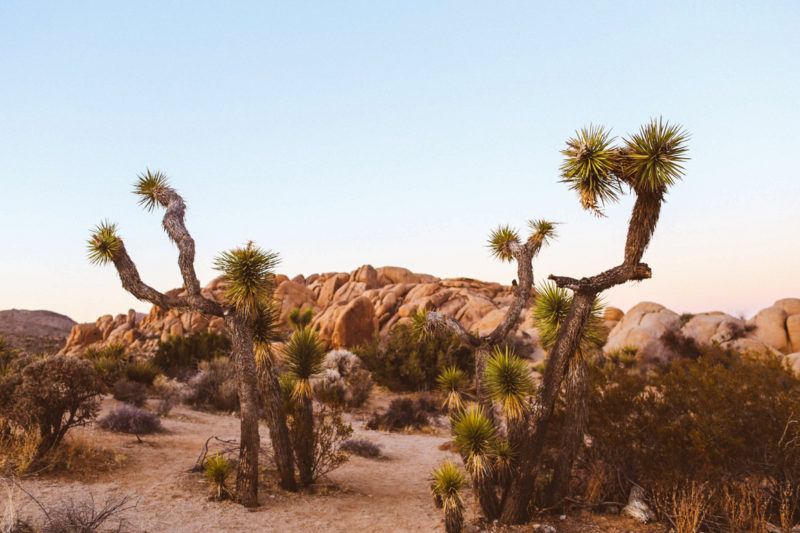
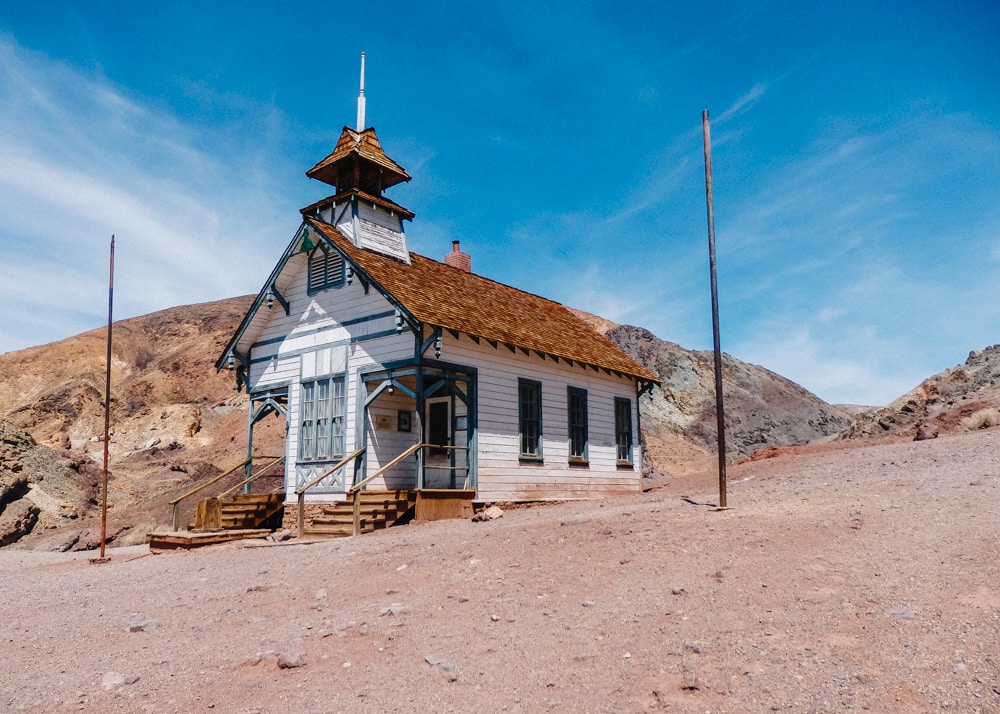
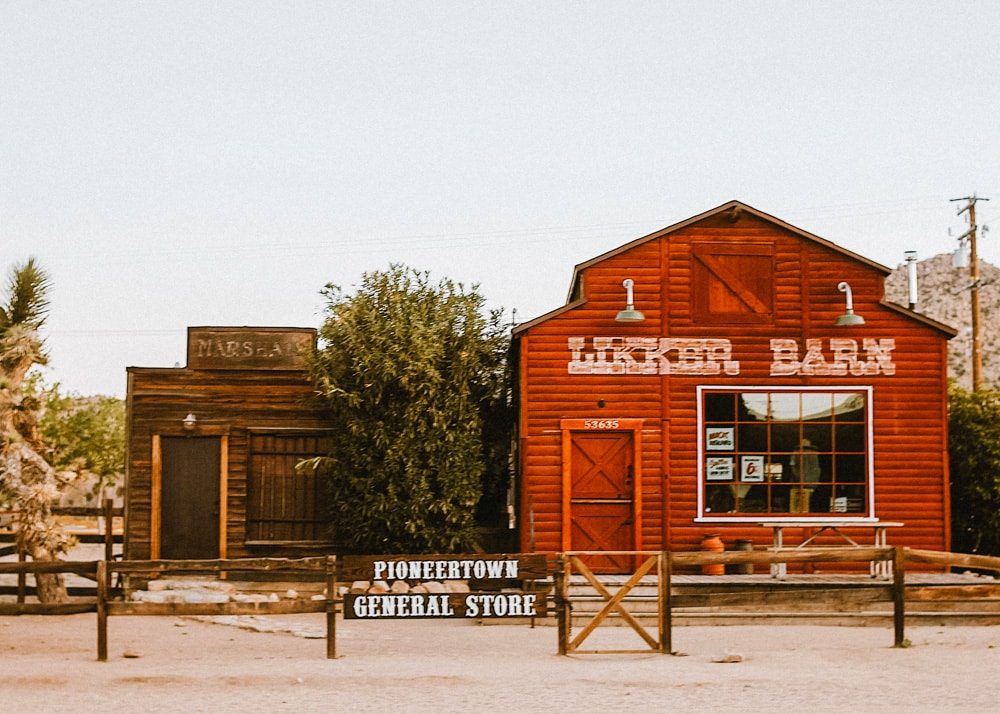
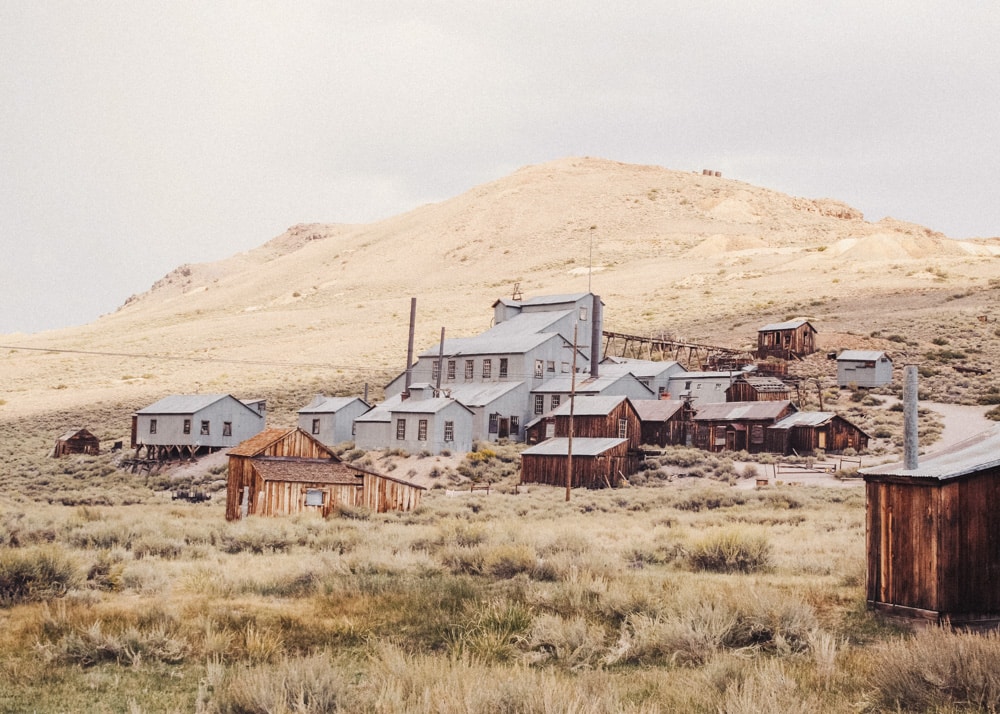
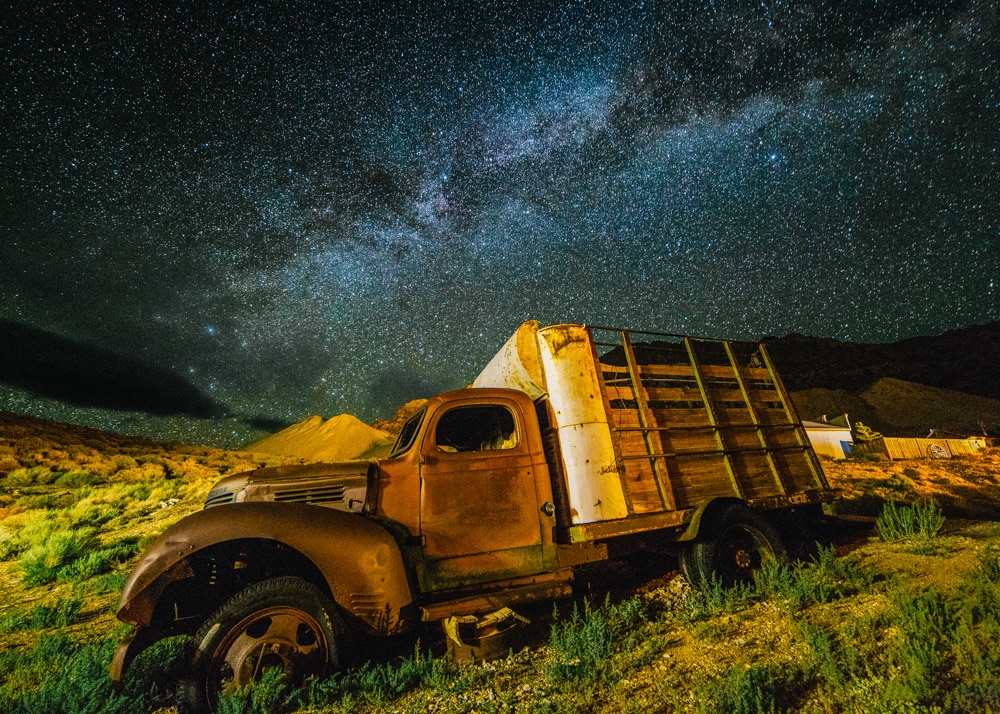
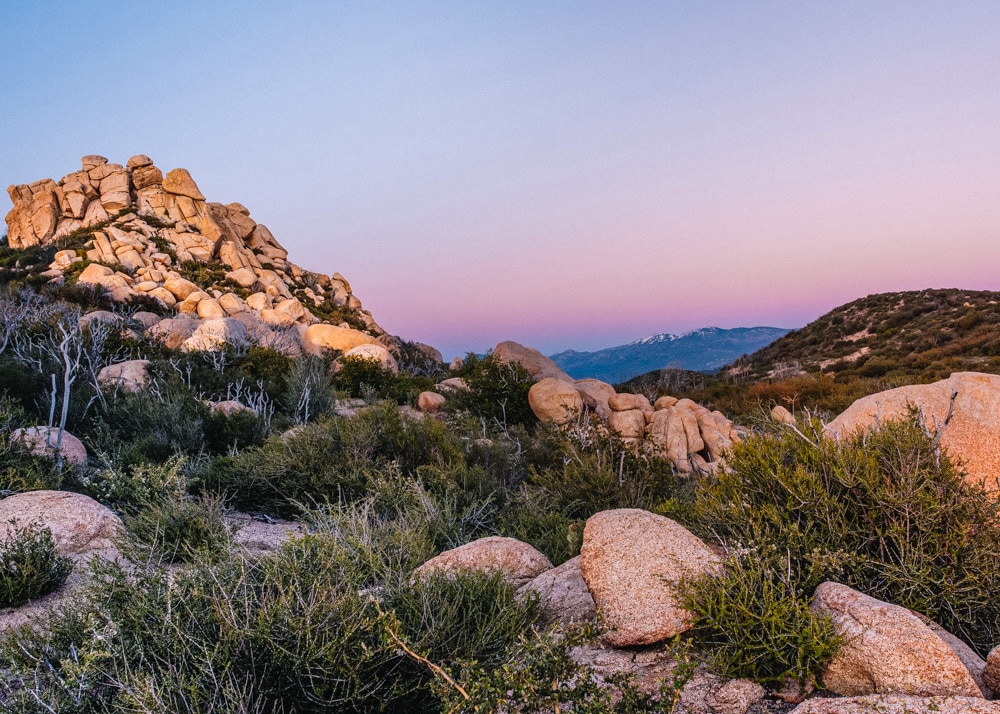
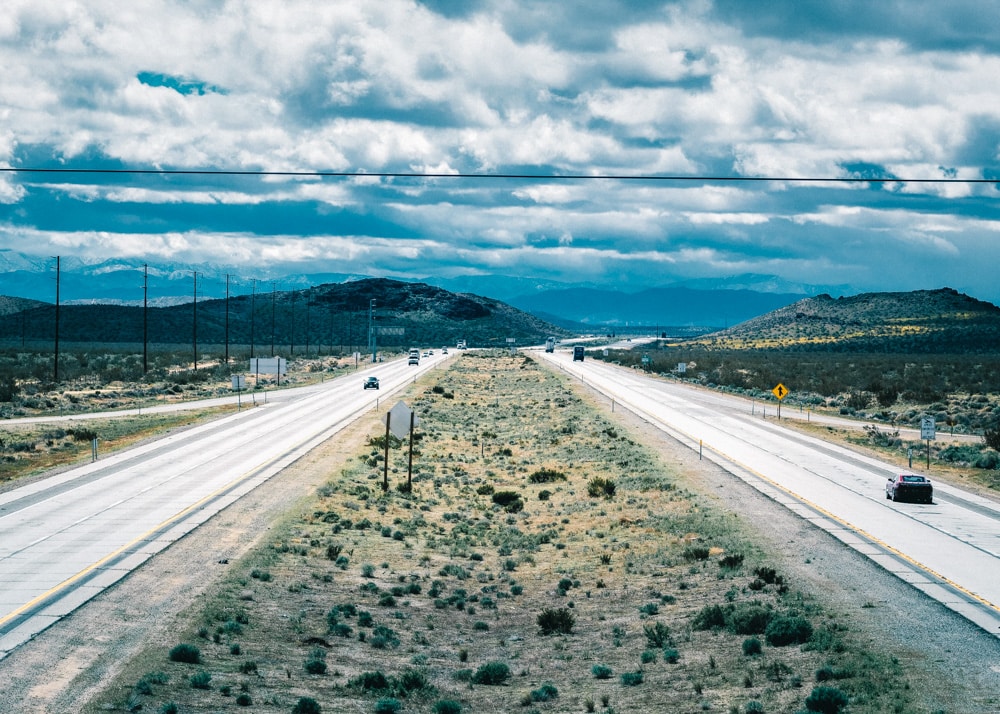
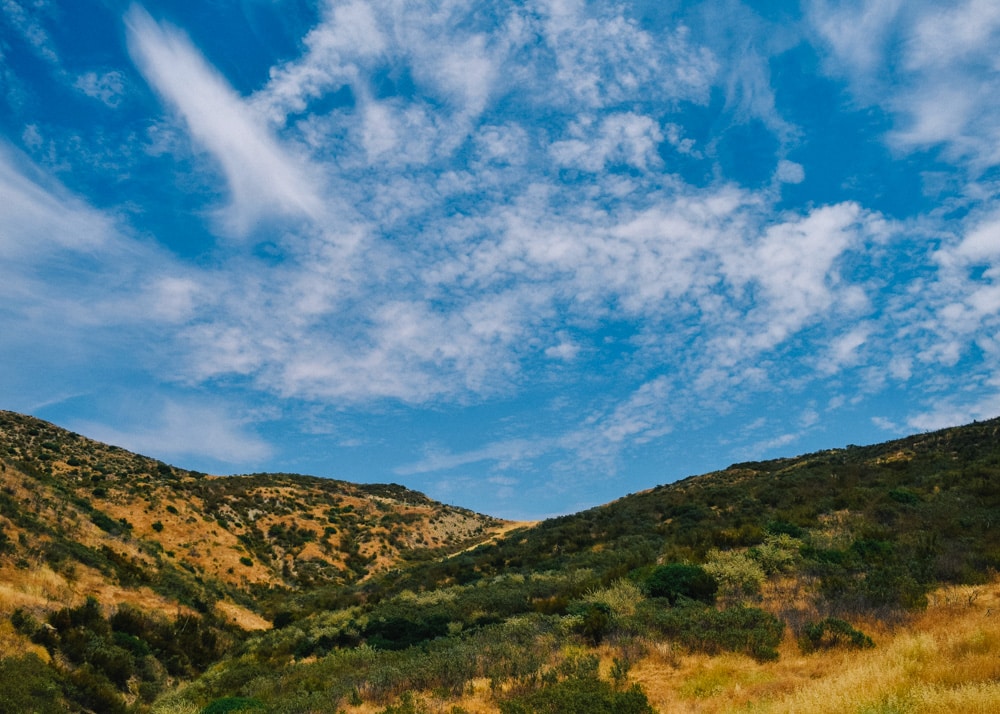
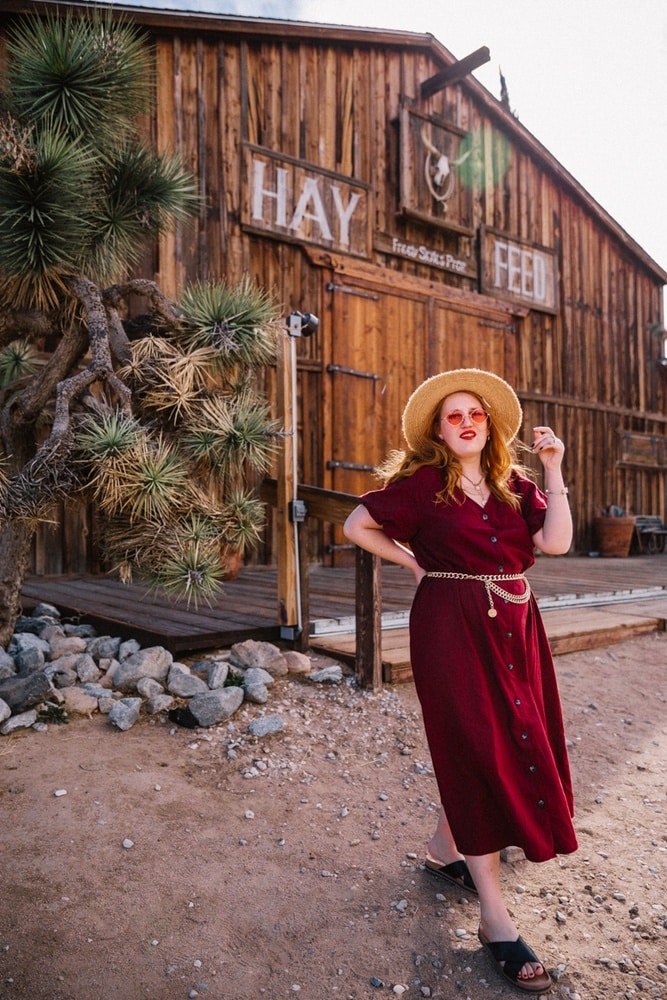
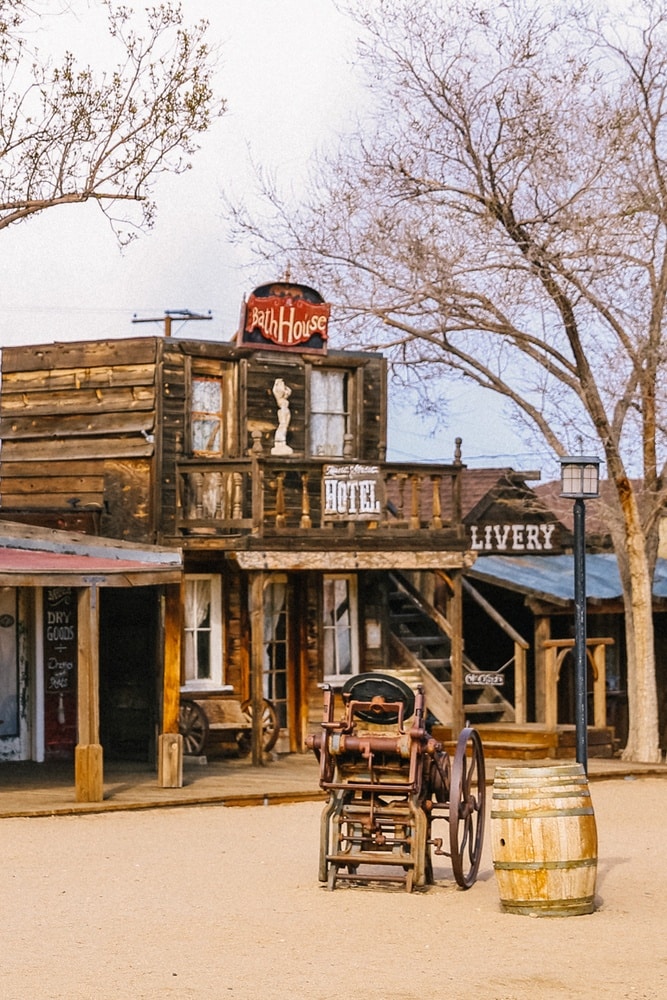
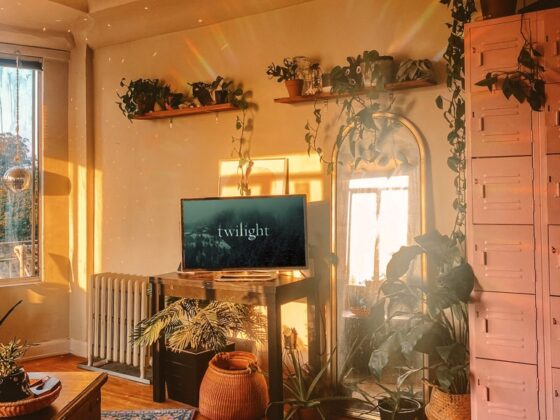
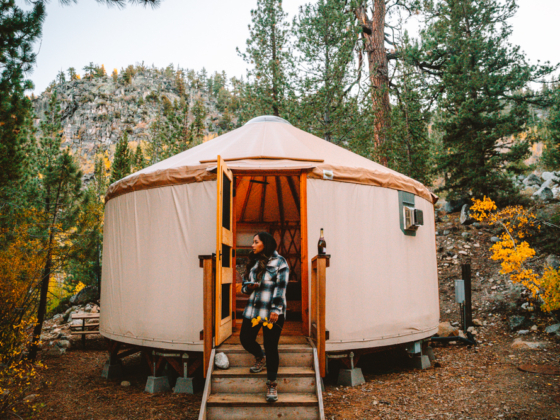
2 comments
Spooky season streaming guide 2024 best Halloween movies and shows are the best for the users who are searching for the best results. There are people searching for the right ideas that can bring the right results.
Wonderful and Great Knowledge that you share with us!!